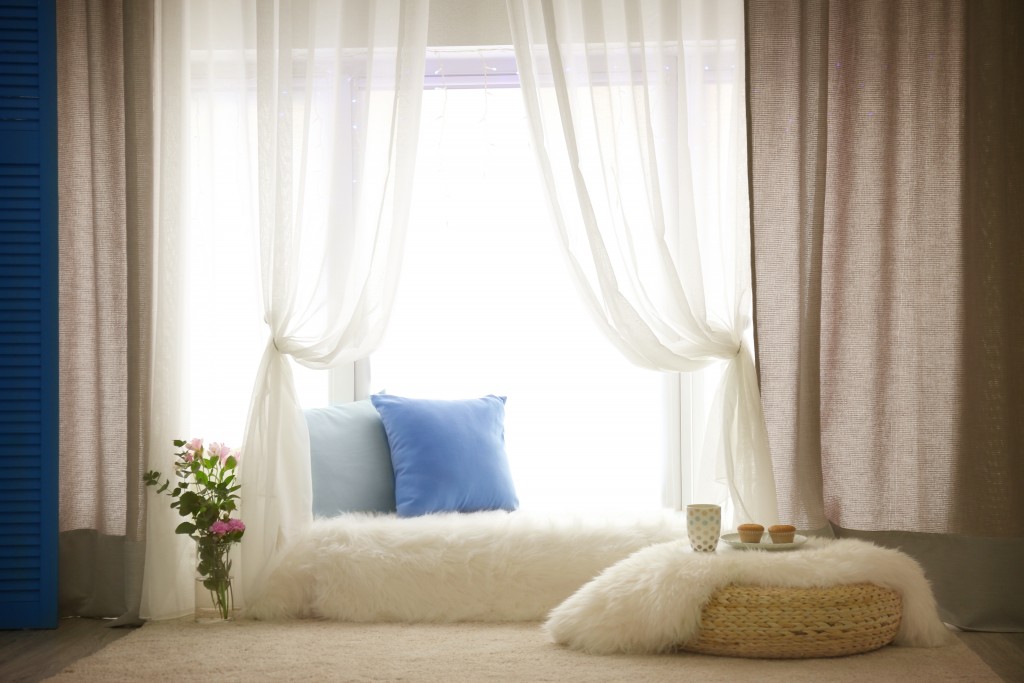The hopper window has been the most popular fenestration product. And it may never be for various reasons.
First, the utility of the unit generally does wonders for basements and bathrooms only. Second, it’s frustratingly difficult to dress, although some modern window furnishings might be available for it. Third, it doesn’t contribute much to curb appeal.
Despite these valid criticisms against hopper windows, they bring something unique to the table. They may not be for everyone and make sense for every situation, but it would be remiss of you to discount them without understanding their notable merits.
1. They increase ventilation without letting dirt in.
Let’s begin with what hopper windows do best: adequate ventilation and dirt protection.
These units open downward and inward—like awning windows in reverse. When you leave them ajar, they can breathe in fresh drafts and exhale moist-ridden inside air. These natural ventilators can inhibit the growth of mold and form of condensation indoors.
At the same time, their glass blocks the entry of dust and debris. Yes, the exterior panes could get filthy quickly. But it’s a small inconvenience you’ll have to contend with for keeping your indoor space clean.
2. They don’t interfere with the outside.
Unlike many operating fenestration units, hopper windows don’t stick outside. They won’t be hazards to high-traffic areas like pathways or driveways.
3. They don’t require ample wall space.
Hopper windows are wider than they’re taller. Like sliding windows, they’re perfect for locations with short walls. You could compress a pair of these units in a tiny room and enjoy all of the advantages you can expect from them.
4. They provide outstanding insulation.

The closest relatives of hopper windows are awning windows and casement windows. That means they swing and work with a crank.
Why should you care about this mechanism? Excellent insulation, that’s why. At closing, the sash of a hopper window presses against the frame and creates an airtight seal.
Contemporary gliding units, such as double-hung windows and sliding windows, have become highly energy-efficient in their own right. But they still don’t compare to their swinging counterparts.
Of course, air resistance isn’t the only factor that determines a window’s energy efficiency. The ability to reduce the transfer of heat as well as the effectiveness in blocking the sun’s infrared light matter, too.
When observed in a vacuum, though, the hopper window is one of the most inherently energy-efficient windows you can buy.
5. They help tighten home security.
Typical hopper windows are too small to be considered a security risk. Thanks to their size, ordinary adult individuals can’t crawl through them. While the limited access they provide doesn’t make them good candidates for egress windows, they can complement a casement window or a sliding window.
In addition, they can provide extra surveillance of the outside, especially the primary entry points to your house whenever necessary. If you observe a suspected intruder without getting noticed, peek through a hopper window.
Hopper windows are imperfect, but you can neutralize their limitations through thoughtful window combinations.

